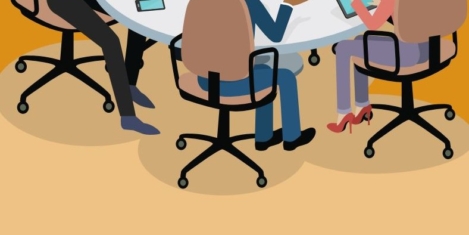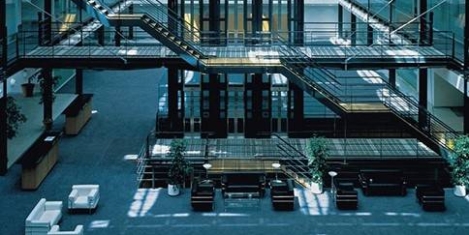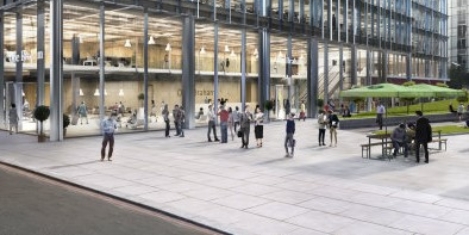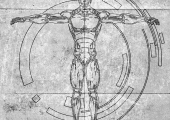To provide the best experiences, we use technologies like cookies to store and/or access device information. Consenting to these technologies will allow us to process data such as browsing behaviour or unique IDs on this site. Not consenting or withdrawing consent, may adversely affect certain features and functions.
The technical storage or access is strictly necessary for the legitimate purpose of enabling the use of a specific service explicitly requested by the subscriber or user, or for the sole purpose of carrying out the transmission of a communication over an electronic communications network.
The technical storage or access is necessary for the legitimate purpose of storing preferences that are not requested by the subscriber or user.
The technical storage or access that is used exclusively for statistical purposes.
The technical storage or access that is used exclusively for anonymous statistical purposes. Without a subpoena, voluntary compliance on the part of your Internet Service Provider, or additional records from a third party, information stored or retrieved for this purpose alone cannot usually be used to identify you.
The technical storage or access is required to create user profiles to send advertising, or to track the user on a website or across several websites for similar marketing purposes.
 There is or was a running joke within IBM that their buildings don’t have windows, they have outside awareness ports. It’s an idea that not only reflects the culture of long hours spent staring at computer screens – something you don’t have to work for Big Blue to be aware of – but also one that acknowledges our need to be aware of the wider world when we are at work. Our gut instinct tells us that we are better off either outdoors or looking at it. (more…)
There is or was a running joke within IBM that their buildings don’t have windows, they have outside awareness ports. It’s an idea that not only reflects the culture of long hours spent staring at computer screens – something you don’t have to work for Big Blue to be aware of – but also one that acknowledges our need to be aware of the wider world when we are at work. Our gut instinct tells us that we are better off either outdoors or looking at it. (more…)






























August 14, 2019
The endless hunt for the office of the future 0
by Mark Eltringham • Comment, Workplace design
(more…)